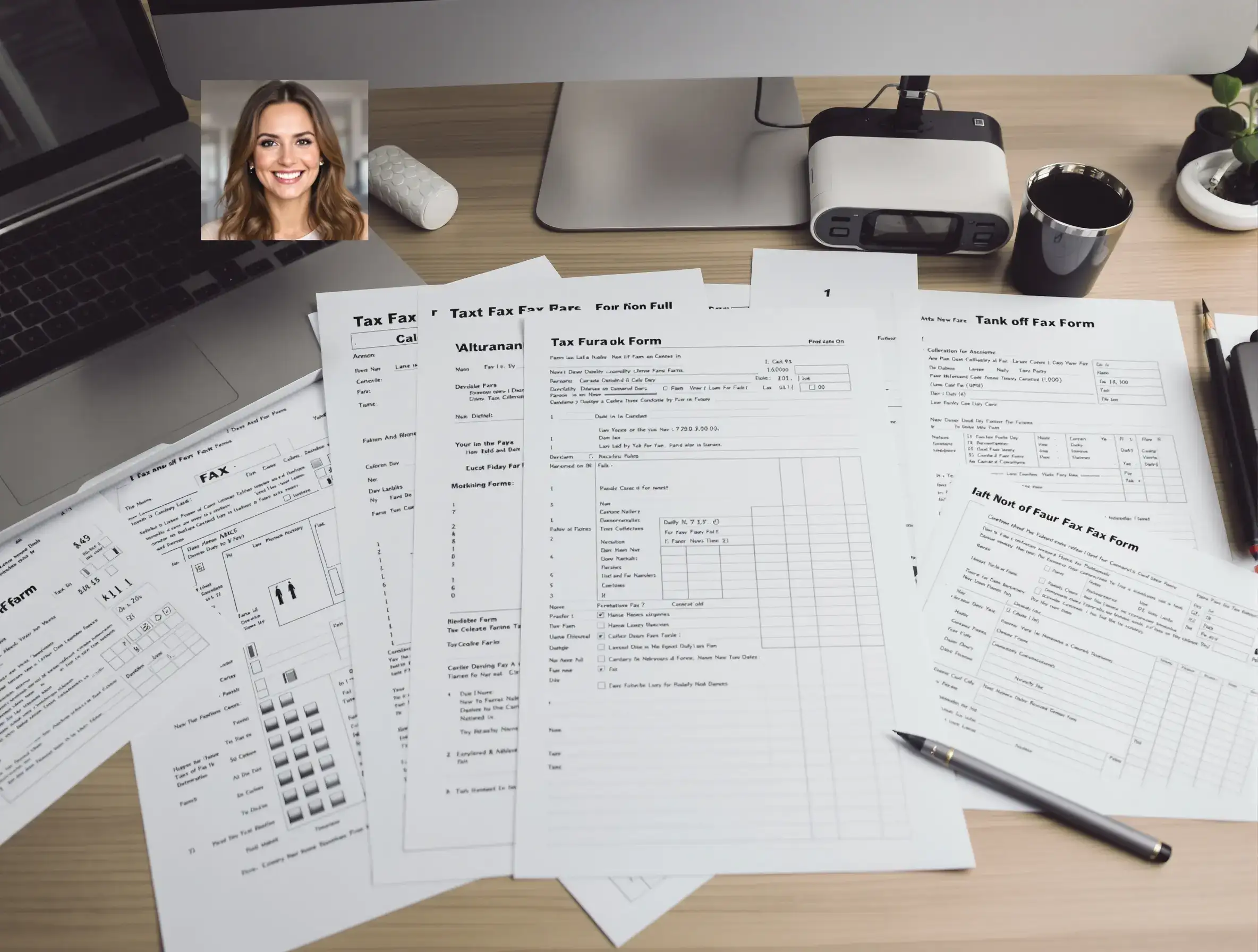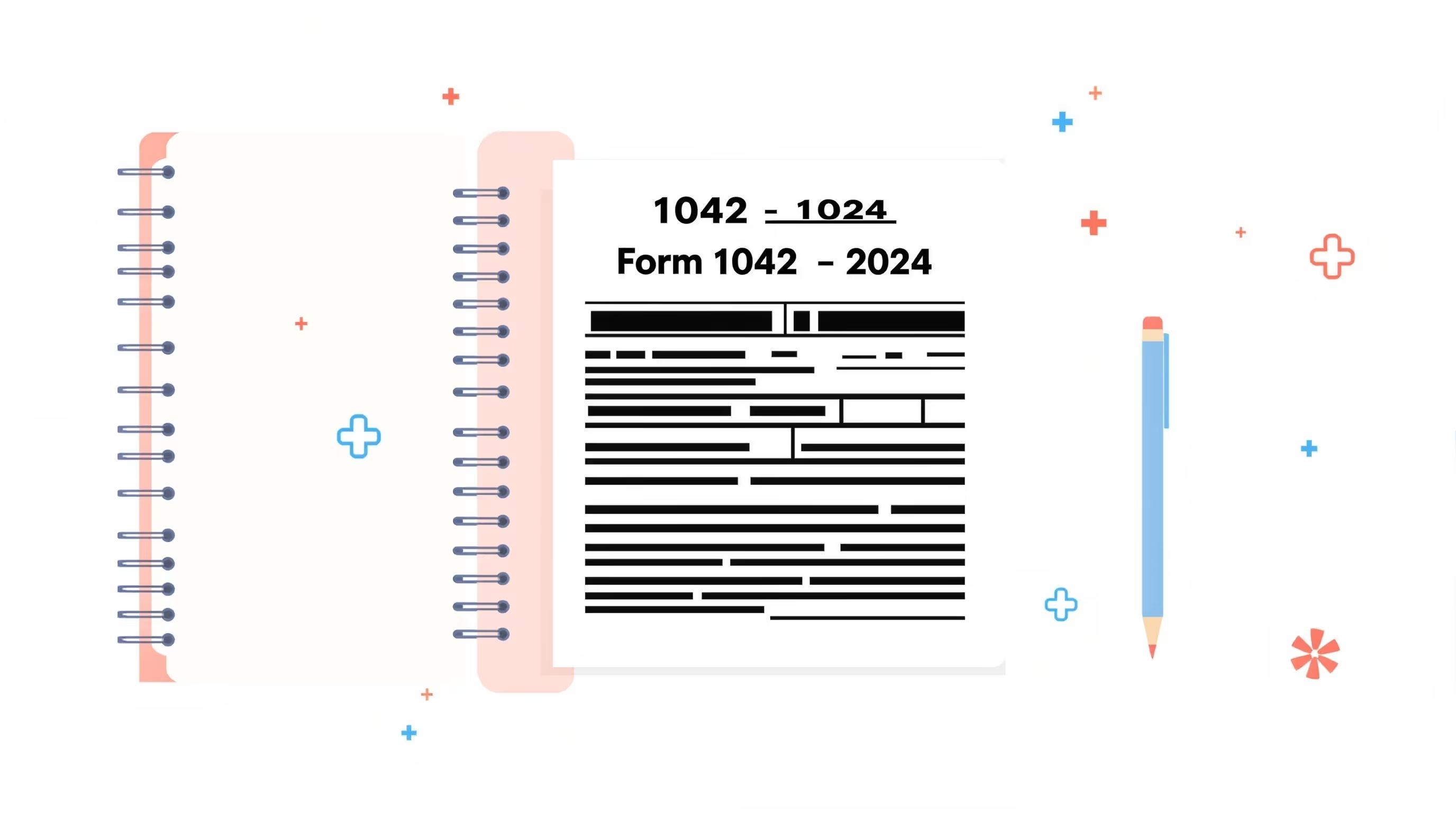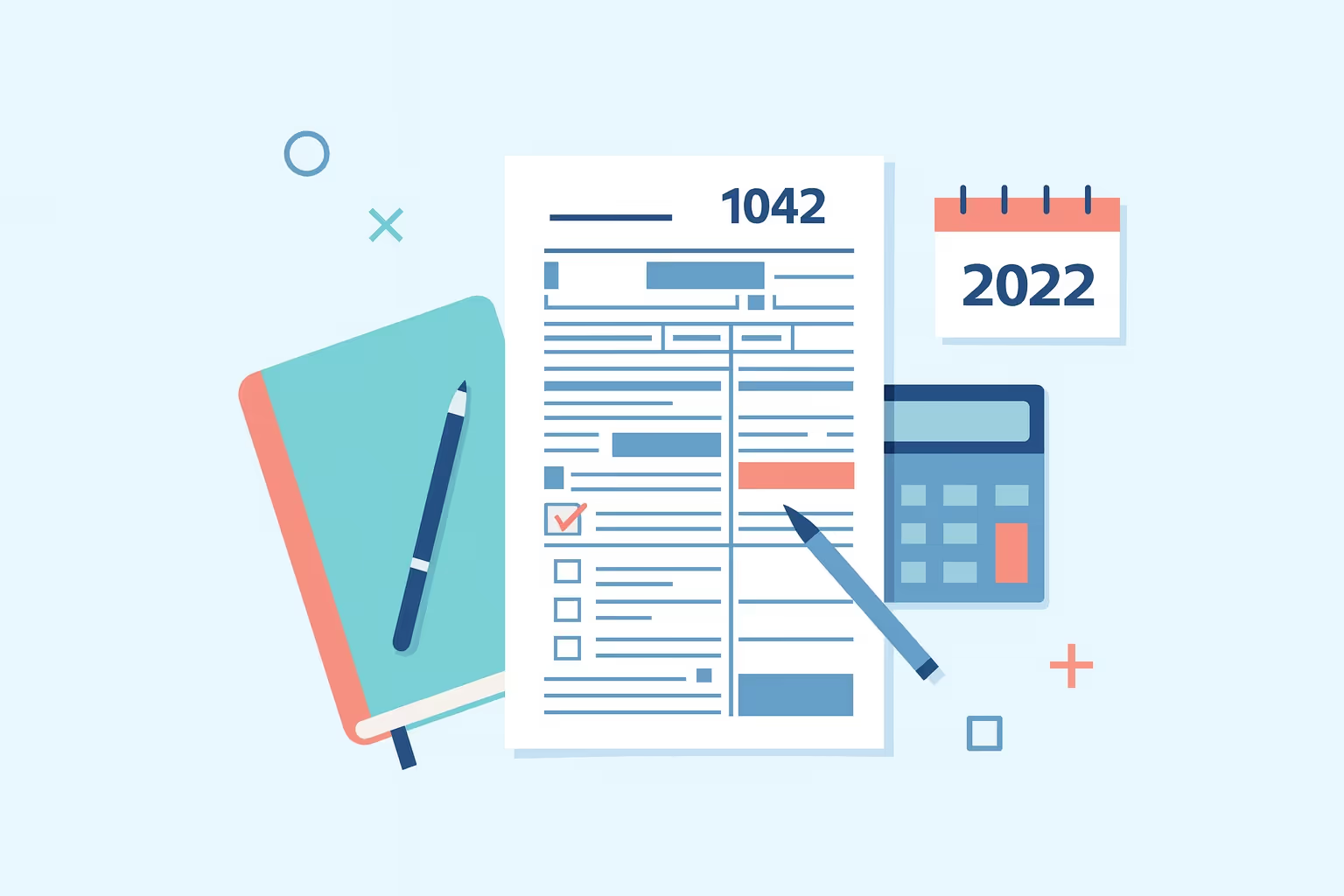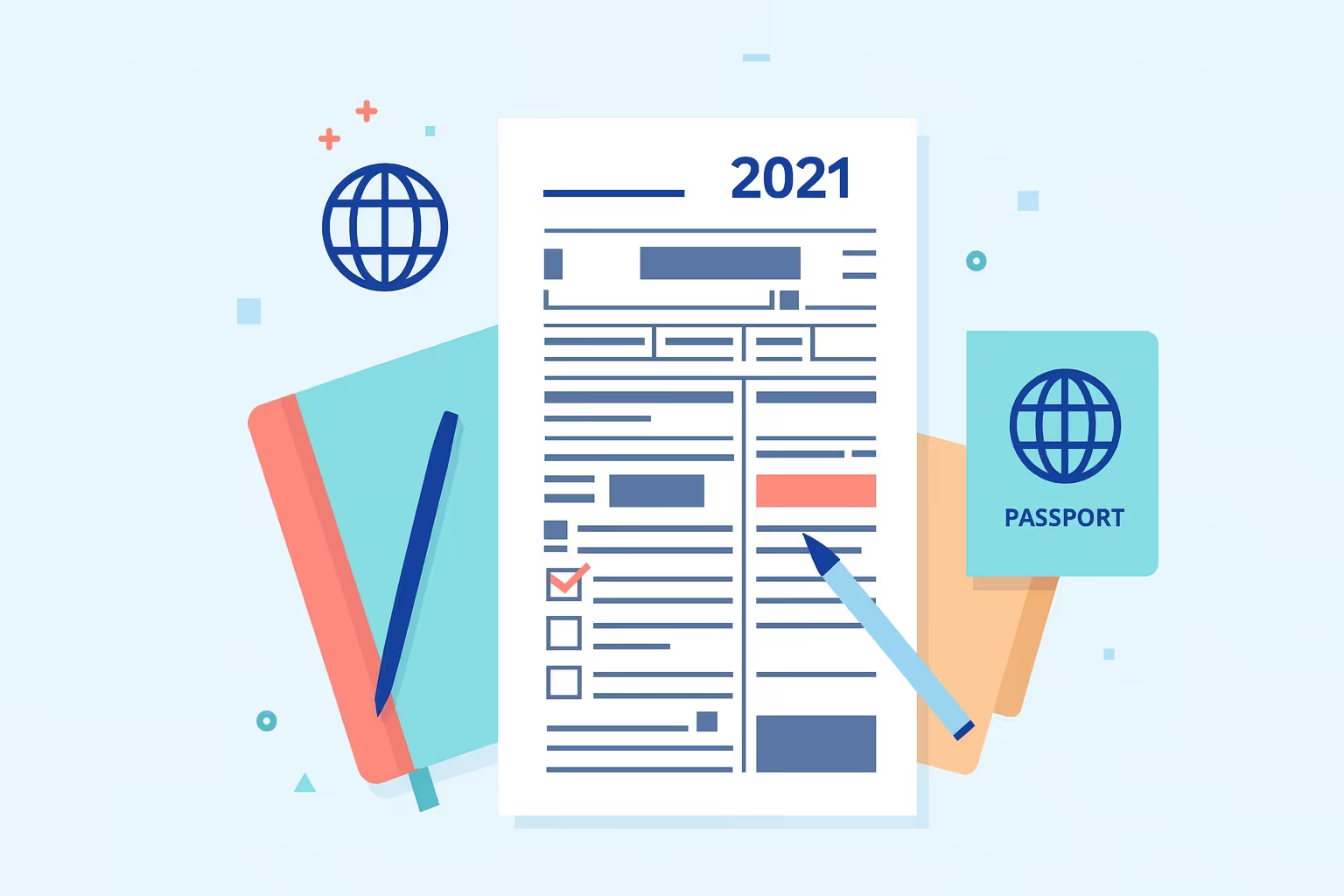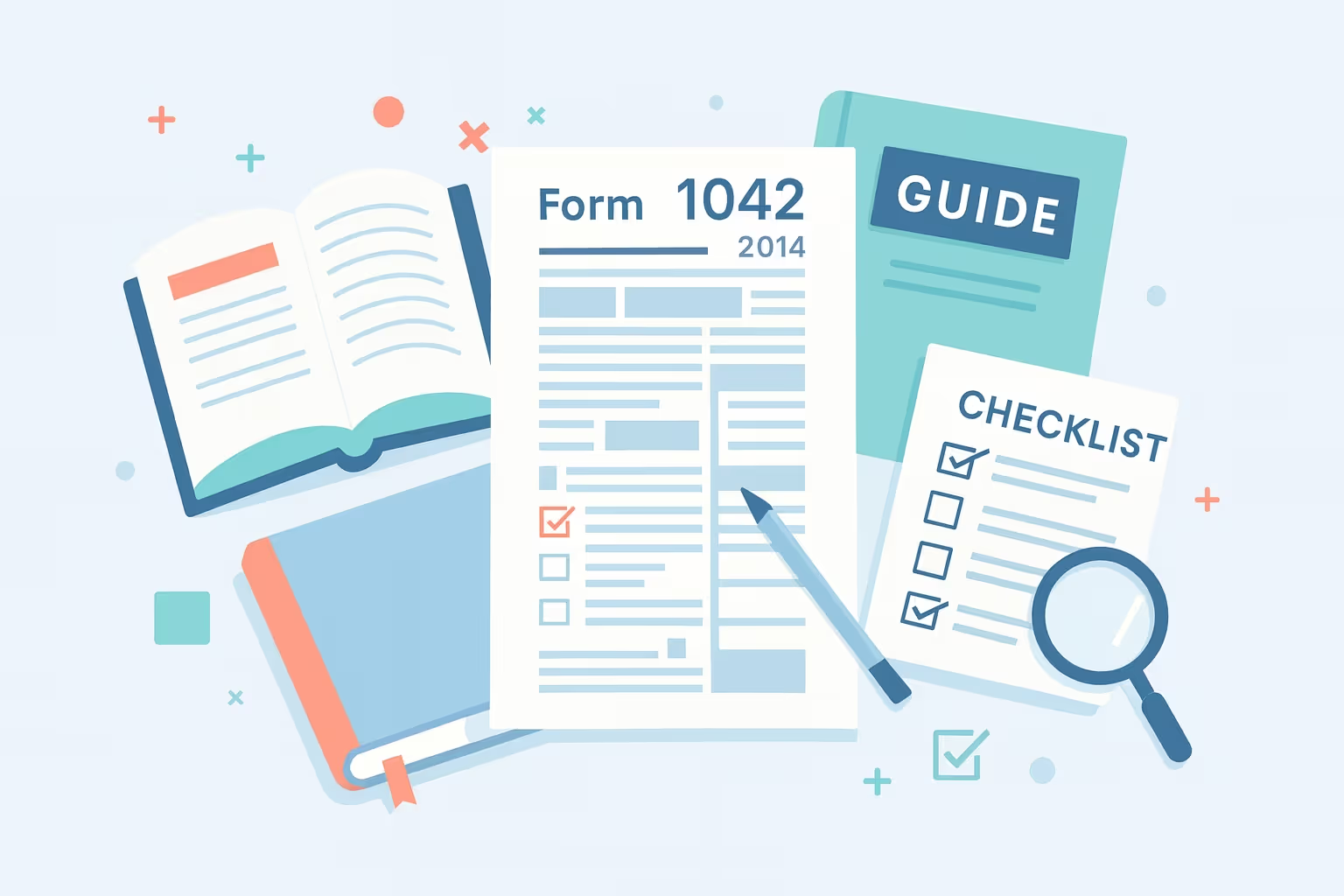
What Form 1042 (2014) Is For
IRS Form 1042 (2014) is the annual withholding tax return that withholding agents must file to report tax withheld from U.S. source income paid to foreign persons. It covers payments made to nonresident aliens, foreign corporations, partnerships, and trusts. The form summarizes total income paid and the amount of tax withheld during the calendar year.
A withholding agent can be any individual, corporation, partnership, trust, estate, or financial institution that controls or pays certain income to a foreign recipient. The 2014 version of Form 1042 introduced new requirements under the Foreign Account Tax Compliance Act (FATCA), which expanded reporting to include withholdable payments under Chapter 4 of the Internal Revenue Code, in addition to Chapter 3 withholding on fixed or determinable annual or periodical income.
For a detailed breakdown of filing requirements, eligibility rules, and step-by-step instructions, see our comprehensive Form 1042 (2014) Instructions: Guide for Withholding Agents.
When You’d Use Form 1042
IRS Form 1042 (2014) is used by withholding agents to report tax withheld and determine federal tax liability for payments made to foreign persons during the calendar year. It documents all income subject to withholding, including certain income paid to nonresident aliens or nonresident alien employees. This annual withholding tax return ensures that all payments, taxes deposited, and unpaid taxes are appropriately reported. Even if no tax is due, Form 1042 must still be filed to fulfill the IRS's tax obligations.
Key Rules or Details for 2014
The 2014 version of IRS Form 1042 incorporated FATCA reporting, requiring withholding agents to report Chapter 3 and Chapter 4 withholdable payments. All withholding agents were required to use EFTPS to deposit taxes and file a paper form by the due date. Penalties for late filing, late payment, or inaccurate reporting were enforced to ensure compliance with federal tax liability regulations.
For complete details on wage reporting, withholdings, and unemployment tax filings, see our guide for the Annual Withholding Tax Return for U.S. Source Income.
Step-by-Step (High Level)
Step 1: Gather Forms 1042-S
Collect every Form 1042-S issued to foreign persons for the calendar year so totals for income, payments, and tax withheld can be reconciled on Form 1042.
Step 2: Confirm the Employer Identification Number
Verify the employer identification number is correct, and use the appropriate QI-EIN, WP-EIN, or WT-EIN if acting as a qualified intermediary or similar withholding agent.
Step 3: Determine the Withholding Agent’s Chapter Status
Identify whether reporting falls under Chapter 3, Chapter 4, or both, and classify any withholdable payments so the form reflects the correct withholding agent’s chapter obligations.
Step 4: Figure Federal Tax Liability by Period
Compute federal tax liability for each quarter-monthly period based on income subject to withholding, and ensure section reports align with the totals on all recipient forms.
Step 5: Reconcile Gross Income and Amounts Reported
Match gross U.S. source income, dividends, wages, compensation, and other payments to the sums reported on Forms 1042-S, and confirm that any administrative exemption is adequately documented.
Step 6: Verify Tax Deposited and Identify Unpaid Tax
Compare total tax deposited through EFTPS to computed tax liability, determine any unpaid tax or overpayment, and prepare to report interest or penalty exposures for late filing or late payment. Taxpayers with unpaid balances may consider a payment plan to manage outstanding obligations.
Step 7: Compile Credits and Supporting Documentation
Assemble credits for tax withheld on the filer’s behalf, attach required forms as additional information, and ensure data matches what will be reported to the IRS.
Step 8: Complete and Sign the Paper Form
Fill out Form 1042 completely, sign and date the return, and confirm that all required schedules and section totals are accurate before mailing the paper form.
Step 9: File by the Due Date or Request an Extension
Mail the return by the due date; if the due date falls on a legal holiday or weekend, use the next business day as the due date instead. Submit a timely extension request when additional time to file—not to pay—is needed.
Step 10: Retain Records and Monitor IRS Notices
Keep copies of the tax return, forms, and deposit confirmations, and monitor for any IRS notice or bill related to adjustments, reported figures, penalties, or interest.
Common Mistakes and How to Avoid Them
Many withholding agents face penalties due to avoidable filing errors. Proper recordkeeping and adherence to filing requirements can significantly reduce these risks.
- Failing to file electronically: Withholding agents required by the IRS to file electronically must do so; paper submissions can result in penalties.
- Missing the filing due date: Understand business day and legal holiday rules to ensure timely submission and avoid late-filing penalties.
- Not reconciling totals: Verify that totals reported on Form 1042 match those on all associated Forms 1042-S to avoid discrepancies.
- Failing to pay the full tax due: Pay all taxes owed by the original due date to prevent penalties and interest.
Withholding agents can minimize errors by verifying all data early, using EFTPS for deposits, and reconciling all related forms before submission.
What Happens After You File
After filing, the IRS reviews the annual withholding tax return to verify all section reports and payments reported. If unpaid tax or discrepancies are found, the IRS issues a notice or bill including interest and penalties. When the due date falls on a legal holiday or weekend, the next business day becomes the accepted filing date, ensuring taxpayers meet their filing obligations.
FAQs
What is IRS Form 1042 (2014), and who must file it?
IRS Form 1042 (2014) is the annual withholding tax return used by withholding agents to report tax withheld from U.S. source income paid to foreign persons. It applies to nonresident aliens, partnerships, corporations, and financial institutions that make payments subject to withholding tax.
How does a withholding agent determine federal tax liability?
A withholding agent determines federal tax liability by calculating the total tax withheld on certain income paid to foreign persons during the calendar year. Each section of Form 1042 requires accurate figures for tax deposited, unpaid tax, and payments made on behalf of others.
Can Form 1042 be e-filed, or must it be filed on paper?
Form 1042 must be filed as a paper form with the IRS, but related Form 1042-S may require e-file submission if a financial institution or withholding agent files 250 or more forms. Paper filing follows specific IRS mailing instructions for compliance.
What is the due date for filing Form 1042, and what happens if it falls on a legal holiday?
The due date for filing Form 1042 is generally March 15 of the calendar year following the year in which the tax is due. If the due date falls on a legal holiday or weekend, the next business day becomes the filing date without penalty. Extensions may be requested using Form 7004.
What income is subject to withholding under Form 1042?
Income subject to withholding includes wages, dividends, compensation, and other payments to foreign persons. Specific exempt categories or administrative exemptions may apply, but all costs subject to withholding must be accurately reported under the withholding agent’s chapter obligations.
What should withholding agents do to avoid common errors?
Withholding agents should reconcile section reports, verify employer identification numbers, and ensure that all tax deposit amounts match the payments reported in the relevant section. Filing errors such as using the incorrect EIN or missing the due date can result in penalties, delayed processing, or IRS notices requiring correction.






